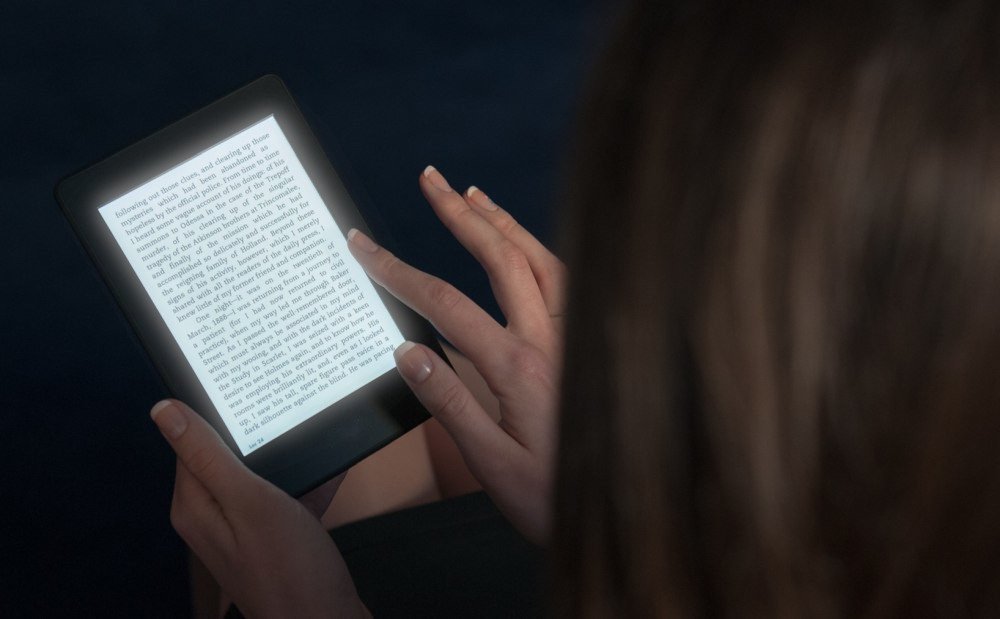
The debate on blue light and tools to reduce this light source is not over. But, following various queries from readers, I decided to investigate whether or not a blue light filter is necessary on e-readers with a light.
The answer is as follows: on an e-reader the blue light filter is useful if the lighting is activated, but the blue light of e-readers illuminations is less violent than that of other devices with LED screens, which makes it less harmful to health.
And we'll see in detail how I arrive at this conclusion.
What is blue light?
Blue light is light with a wavelength below 445 nanometers.
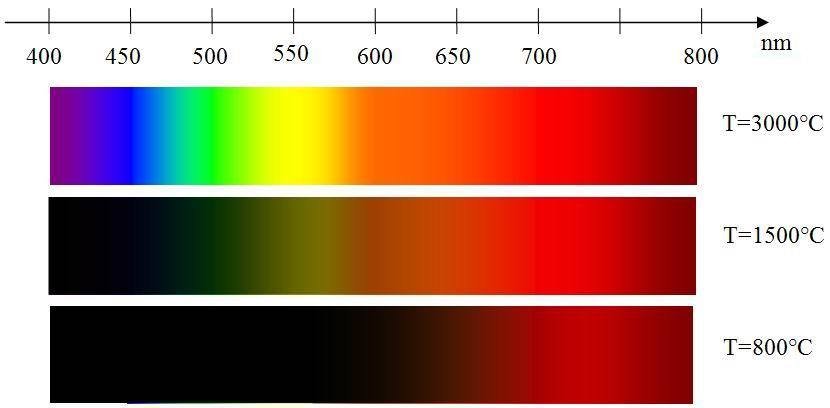
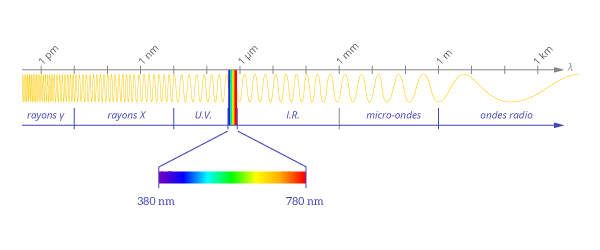
This is because light is a wave, and the shorter the wavelength, the more blue the color. On the other hand, the longer the wavelength, the more reddish the color. Blue light therefore has a very short wavelength.
The problem is: the shorter the wavelength, the greater the energy. So it's this energy linked to the color blue that's harmful.
Is blue light dangerous?
There are now numerous studies on the subject, and it's safe to say that blue light is indeed not good for your health.
There are several reasons for this.
Firstly, the earliest study showed that blue light could deregulate the body's internal clock. This clock, known as the circadian rhythm, regulates sleep.
That's why we recommend not using a smartphone, tablet or TV before bedtime: the avalanche of blue light received by the body (especially the eyes) can prevent us from sleeping.
But there's a potentially more serious reason: a study shows that the photons that make up blue light can damage retinal cells. The photons create oxidation in the retina, releasing molecules that are harmful to the eye.
So you see: too much blue light could reduce our eyesight and even damage the retina.
These in-depth studies show that there is indeed a health risk associated with exposure to blue light.
The problem is that this risk is heightened by the use of LED technology, which is now found everywhere from public lighting to smartphones to the frontlights of e-readers...
Why is there debate?
What's interesting about this issue is the debate in the scientific community about blue light.
As we've just seen, exposure to blue light is proven to be harmful to the human eye and the internal clock.
However, this light comes from LEDs, a technology used to reduce energy consumption and therefore rather good and useful for the environment.
So the question is:
Should we pollute more and ban or avoid LED lighting - given that we don't have a better solution at the moment?
Of course, there's no question of banning or advising against it, because the studies haven't settled a major question: how long and at what frequency and power must you be exposed to blue light before it causes irreversible damage to the eye?
In fact, to date, there are no proven cases of health problems linked to blue light in humans. All the data we have is based on controlled laboratory studies.
Some study on blue light impact on health
Here are some links to studies I found online, where available. Keep in mind that some articles may be behind a paywall, depending on your access to academic journals:
- Blue Light-Induced Retinal Neuronal Injury and Amelioration by Commercially Available Blue Light-Blocking Lenses: https://pmc.ncbi.nlm.nih.gov/articles/PMC8877890/
- Sensitivity of the human circadian system to short-wavelength (420-nm) light: https://pubmed.ncbi.nlm.nih.gov/18838601/
- Computer vision syndrome: a review: https://pubmed.ncbi.nlm.nih.gov/15850814/
- Evening use of light-emitting eReaders negatively affects sleep, circadian timing, and next-morning alertness: https://www.pnas.org/doi/10.1073/pnas.1418490112
- Short-Term Exposure to Blue Light Shows an Inhibitory Effect on Axial Elongation in Human Eyes Independent of Defocus: https://pmc.ncbi.nlm.nih.gov/articles/PMC8711007/
The problem with tablets, smartphones and e-readers
The screen of a tablet or smartphone is often close to the face and eyes. Does this mean there's no danger to our eyes?
Not entirely, if the lighting is located high up and at a good distance from our eyes, devices such as smartphones, computers, tablets and even e-readers are used just a few inches from our face.
In this case, exposure to blue light is much greater and potentially much more dangerous.
How can we protect ourselves from blue light?
On more and more computer devices, there are solutions for reducing or "filtering" blue light from screens.
For example, you can install the f.lux software on your computer, or use the night mode available on more and more devices (called Blue shade at Amazon on fire Tablets, for example).
You can also use blue-light-filtering glasses (most opticians now offer this option) or buy highly effective, low-cost glasses specially designed for this purpose.
Blue light and e-readers: is there a danger?
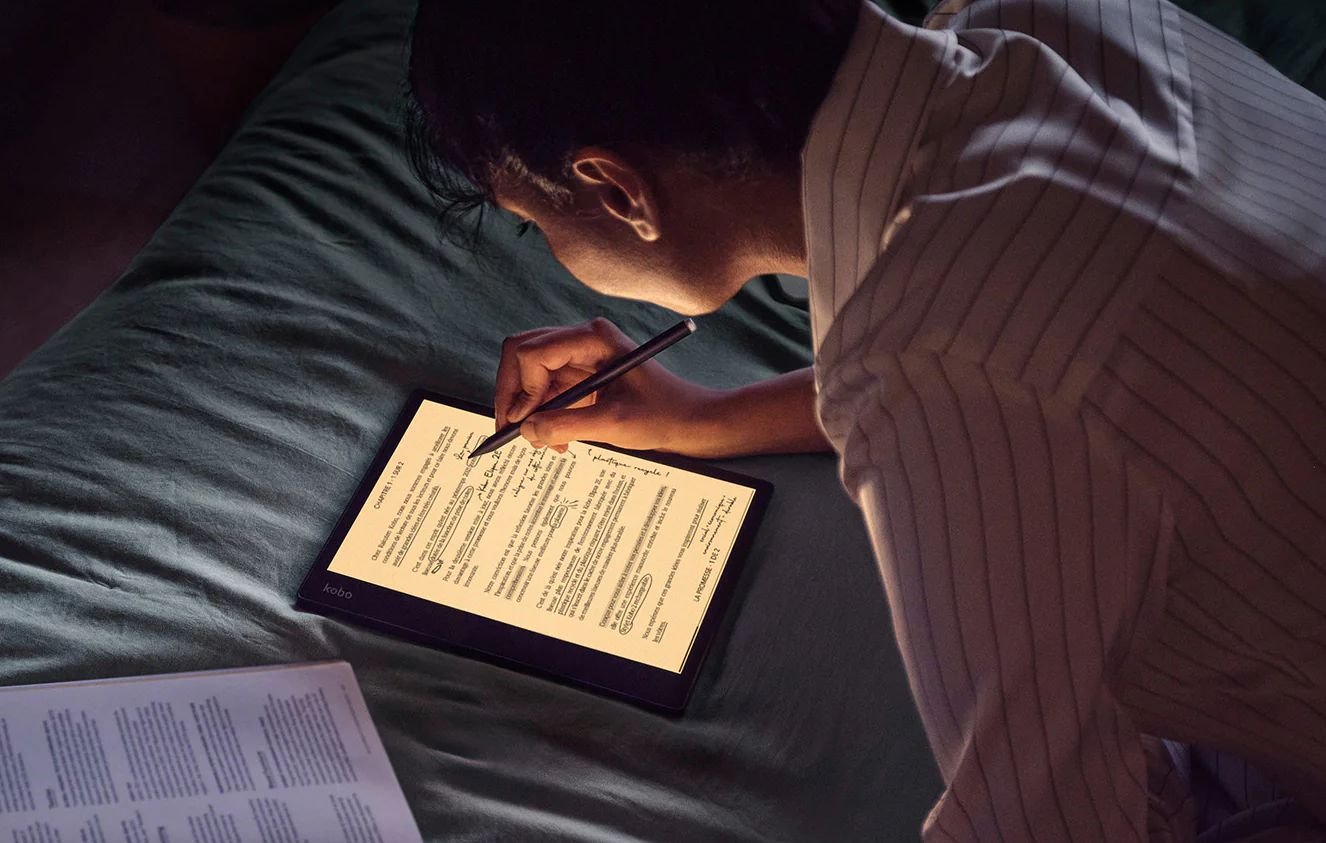
For several years now, the main e-reader models have been equipped with a lighting system that allows you to change the tint of the screen to suppress, or attenuate, blue light.
On the other hand, other manufacturers have chosen not to integrate this type of option into their equipment, which raises a few questions: is there a danger for e-readers?
The first thing to understand is that the screen of an e-reader looks nothing like the screen of a tablet or smartphone.
The light sent by a smartphone (or tablet) LED screen arrives directly in the eyes, whereas with a ereader, the light is first reflected by the screen.
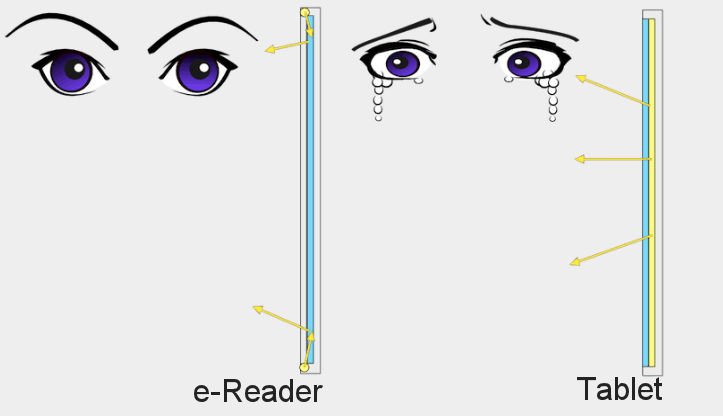
LEDs are widely used to illuminate the screens of e-readers.
These LEDs produce a white light that combines green, red and blue, which means that there is indeed some blue light.
However, the light loses some of its energy when it hits the screen. What's more, in my experience, e-readers produce far less light than smartphones or tablets, with the lighting set to minimum.
But this doesn't totally eliminate the problem: blue light remains.
This was demonstrated by a study which showed that people who read on e-readers with lighting had much more trouble sleeping than those who read without lighting or on a paper book.
The blue light filter is therefore useful on e-readers, even if the blue light emitted is less than on a smartphone or tablet.
Obviously, the problem only arises on a e-reader when you activate the lighting.
If you switch off the lighting, no blue light is emitted by the e-reader, which is still a big advantage over a tablet or smartphone.
Which e-readers have a blue light filter?
As we've seen, most e-readers come with a device to attenuate the blue light emitted by the lighting.
On this site, you'll find a guide to the best e-readers to help you choose the right model with a blue-light filter.
If you liked this article, consider sharing this page on social network or to someone that could benefit from the information.
You might also like:
- Boox Palma 2 Review: The Powerful E-Reader That Fits in Your Hand (April 16, 2025)
- The best large screen E-readers (7, 8, 10 inch) for 2025 (March 12, 2025)
- Nook Lagging Behind: Can Barnes & Noble Still Win with Their E-Readers? (May 13, 2025)
- The Bookeen Notéa: End of the Line for the 'French ReMarkable' e-reader (March 20, 2025)
- Kobo e-readers: which Kobo ebook reader is the best for 2025? (February 4, 2025)








